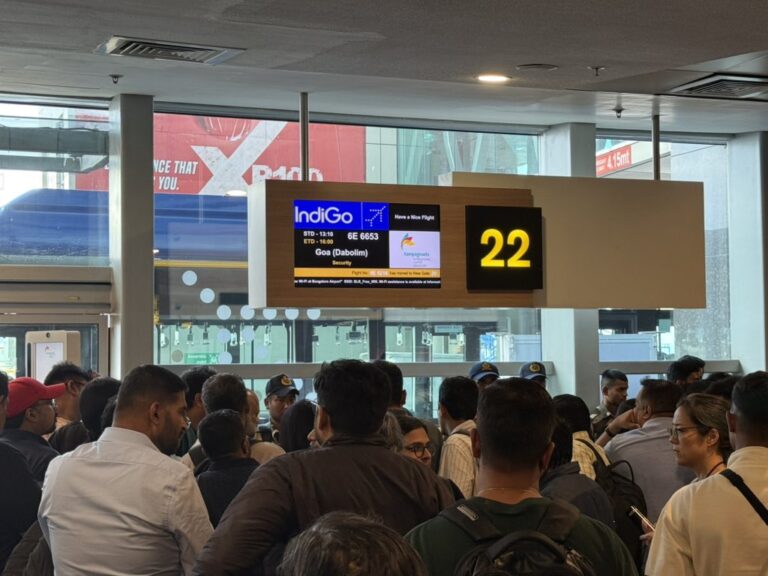
Geneva: The scientific advisory group for the origins of novel pathogens (SAGO) has reviewed available findings to date and notes that there are key pieces of data that are not yet available for a complete understanding of how the COVID-19 pandemic began.
According to the Preliminary Report for the Scientific Advisory Group for the Origins of Novel Pathogens (SAGO), released today, early investigations suggested that the Huanan seafood market in Wuhan in China played an important role early in the amplification of the pandemic with several of the patients first detected in December 2019, having had a link to the market and environmental samples from the market testing positive for SARS-CoV-2.
“There are, however, further studies needed to follow up on several gaps in our knowledge,” the report said. For example, the source of SARS-CoV-2 and its introduction into the market is unclear and it is yet to be determined where the initial spillover event(s) occurred.
“There is a need to examine environmental samples collected from specific stalls and drains at the market in January 2020 that tested positive for SARS-CoV-2 in areas known to have sold live animals. Furthermore, follow-up studies to identify possible animal sources from which the environmental contamination could have originated have not been completed,” it stated.
It added that other essential studies include detailed mapping of upmarket trade of wild/domestic animals sold in Wuhan City and Hubei Province and clinical history and seroprevalence of SARS-CoV-2 antibodies in humans and animals from the source farms of animals sold at Wuhan markets.
In addition, further verification analyses of human samples collected through national surveillance programs, including Influenza and other respiratory samples (e.g., RSV and enterovirus D68) during the months prior to December 2019 are still needed in China and worldwide. Genetic studies of coronaviruses in wildlife species in Asia and the rest of the world are also needed in order to identify new leads on ancestral or intermediate hosts (such as animals that have been identified as susceptible throughout the pandemic).
The SAGO notes that there has not been any new data made available to evaluate the laboratory as a pathway of SARS-CoV-2 in the human population and recommends further investigations into this and all other possible pathways. The SAGO though clarified that it has not been formed to find the origins of SARS-CoV-2 but rather has been tasked with advising studies that are necessary to gather evidence to better understand the origins of SARS-CoV-2, and more broadly, origins of emerging and re-emerging future epidemics/pandemics.
The Preliminary Report recommended the following elements to make up a global framework:
- early investigation studies and anthropology
- human studies
- animal/human interface
- environmental studies and ecological studies
- genomics and phylogenetics
- biosafety and biosecurity
It may be recalled that in May 2020, the World Health Assembly approved Resolution 6, which identified the need for WHO to work with partner agencies including the World Organisation for Animal Health (OIE) and the Food and Agriculture Organization of the United Nations (FAO). The aim was to strengthen WHO’s internal coordination of One Health-related activity as it sought to identify the source of SARS-CoV-2 and the route of introduction into the human population.
Understanding the source of a virus emergence that leads to a pandemic is difficult yet crucial to understanding how to prevent a similar event in the future, the WHA had noted and hence, in response to this resolution, on July 14, 2021, the WHO Director-General announced the establishment of a scientific advisory group for the origins of novel pathogens (SAGO).
– global bihari bureau





